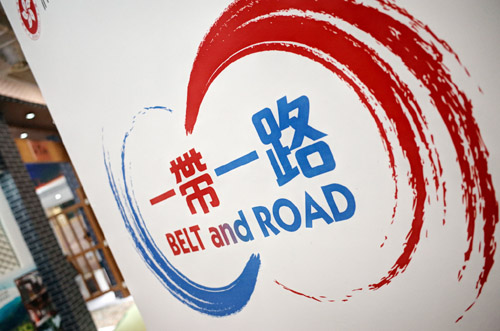China Daily
The Belt and Road Initiative is meeting “tremendous needs” for infrastructure in Africa and other places in the world, while the United States and European countries have been unwilling to do so, said US-based experts, calling on the West to boost investments.
Critics of the BRI have raised concerns about the potential impact on host countries, but Jennifer Hillman, a senior fellow at the Council on Foreign Relations, said people should understand the context that China is “filling a tremendous need out there in the world, a need that we and others had not been willing or able to fill”.
“Part of the reason why the Belt and Road Initiative got as far as it did is because China was filling a vacuum that the United States and others had created,” said Hillman, also a law professor at the Georgetown University Law Center, during a recent webinar evaluating the BRI.
“The multilateral development banks and others had largely walked away from funding a lot of this hard infrastructure,” she said, “It (the BRI) is definitely providing very much needed infrastructure in many places.”
W. Gyude Moore, a senior policy fellow at the Center for Global Development, agreed, saying it’s important to establish the context of understanding Chinese investment in Africa.
“Africa lags behind every other region in the world when it comes to the availability and functionality of infrastructure. Almost 600 million people lack access to electricity in Africa, and 300 million people are more than 50 kilometers away from any installation of cables for the internet. So because of that, there’s a huge absence of infrastructure there,” he said during the same webinar.
In the 1970s, the US began to step away from building hard infrastructure and focused on health and education, Moore said. “And because the US exerts such significant influence, whether it’s at the World Bank, the Asian Development Bank or elsewhere, that change in US policy began to be reflected in multilateral development lending,” he added. “So by the time China comes on the scene, there is a huge infrastructure gap,” said Moore, who estimates the gap at between $68 billion to $180 billion a year.
According to a new study from the Center for Global Development, China’s development banks lent more than twice as much for public-private infrastructure projects in sub-Saharan Africa as US, German, Japanese and French development finance institutions combined.





